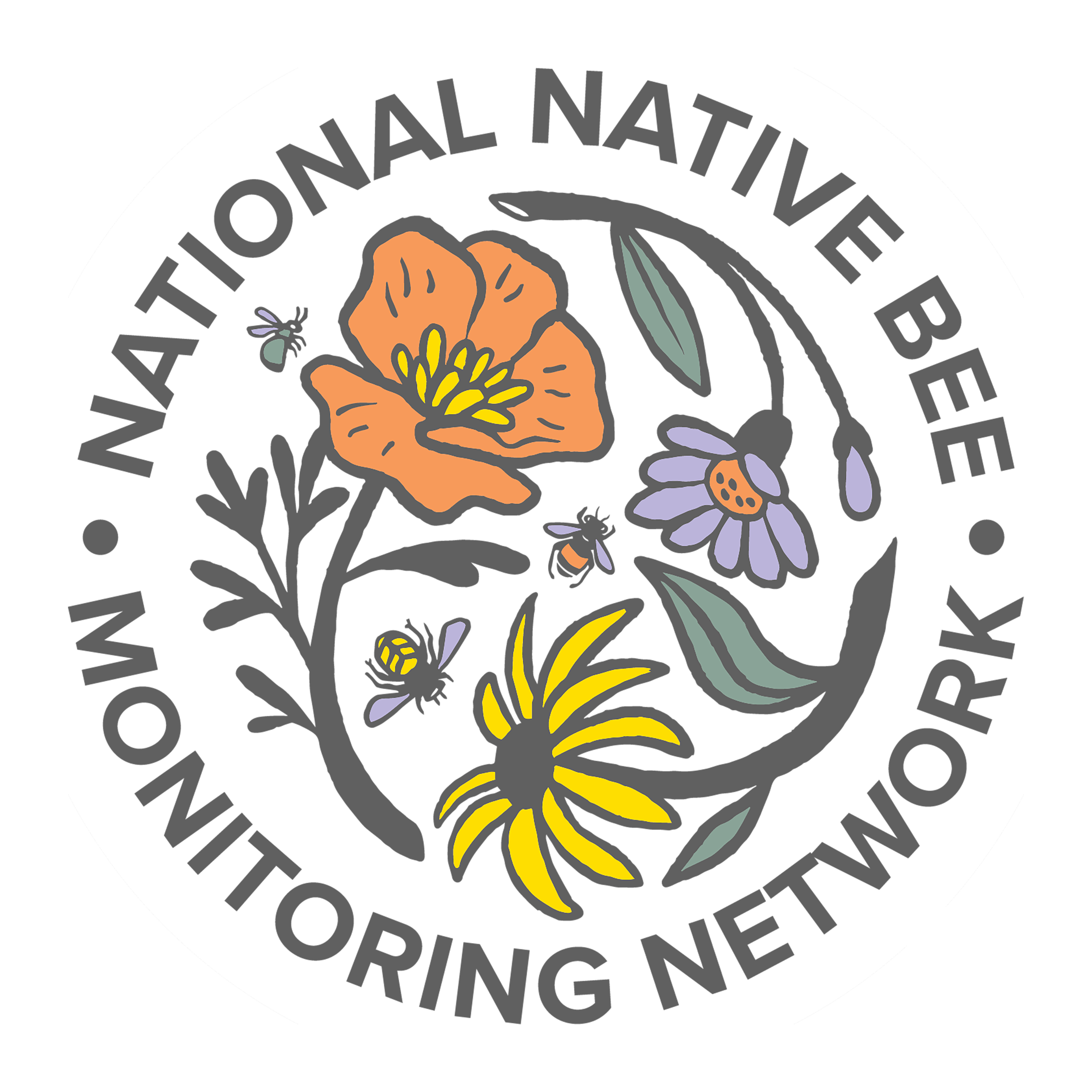Interview with Dr. Mark Genung and Andrew Buderi
Dr. Mark Genung runs the Louisiana Native Bee Lab at the University of Louisiana at Lafayette, where his research group is surveying the native bee communities of the rare Cajun Prairie habitat. Andrew Buderi is a PhD student in Dr. Genung's lab and is currently conducting these surveys.
Before we learn more about your work, Mark, can you tell us a bit about yourself and how your career path led you to UL Lafayette?
I did my PhD at the University of Tennessee, with Dr. Jen Schweitzer and Dr. Joe Bailey. I was mostly interested in how within-species genotypic variation in dominant plants affected insect communities, with a focus on pollinators. Later I moved to Rutgers to work in Dr. Rachael Winfree’s lab, where I worked on two major projects. The first involved applying the ecological Price equation to existing pollinator datasets, and the second was a field study asking how many bee species are needed to provide pollination to multiple wildflowers across many sites and years.
Cajun Prairie habitat in western Louisiana.
Can you tell us a bit about the Cajun Prairie habitat? What are its primary threats or causes of loss, and are there active efforts to conserve or restore it?
The Cajun Prairie is a grassland habitat between the swamps of the Atchafalaya basin and the Louisiana-Texas border. It once covered over two million acres, but it has been nearly extirpated, with less than 445 acres remaining as pristine habitat. Most of the habitat loss was driven by agriculture, specifically rice and sugarcane. At least for the past 20 years, there has been an increased interest in restoring prairie habitats. Federal (USGS) and state (Louisiana Department of Wildlife and Fisheries) agencies have invested in studying the plant communities of intact patches to inform what good restorations should look like. A local group, the Cajun Prairie Habitat Preservation Society, has established and maintains a few restored prairie sites. The University of Louisiana at Lafayette’s Ecology Center has a “Pure Native” project that grows and distributes local genotypes of native plants.
Flatwood savanna habitat in western Louisiana.
What existing information (i.e., checklists, published gray or peer-reviewed literature, or general knowledge) and infrastructure (i.e., museum collections, taxonomic expertise) is there on the Cajun Prairie related to native bees?
The Cajun Prairie is an extremely understudied habitat. Historical collections are sparse, and the only recent, focused collections have been done by either USGS or my lab group at the University of Louisiana at Lafayette. To our knowledge, there are only 650 collection records from the Cajun Prairie, 580 of which were collected by my lab group in the last two years. These collections were led by Andrew Buderi (co-author of this post), who deserves credit for enduring low catch rates and very difficult weather conditions.
Research technicians Kimberly Hamm (L) and Hannah Kernen (R) survey native bees in longleaf pine savanna habitat.
What are your goals for better understanding the bee communities within the Cajun Prairie? How are you using bee inventorying, surveying, or monitoring techniques to achieve some of those goals?
One of our basic research interests is understanding the Cajun Prairie as one part of a habitat gradient that stretches north from the Gulf of Mexico. The prairie transitions into flatwood, and then upland, pine savannas. Understanding how plant and bee communities change along this gradient is an active area of research for my lab group. Since so little is known about the bee communities of this region, our sampling and observations are currently focused on building knowledge of the bee community, which can be improved over time. In terms of applying our research to ongoing restoration efforts, we would like to understand which bee species are important for the pollination of the plant species that are indicators of healthy, restored prairie habitats.



